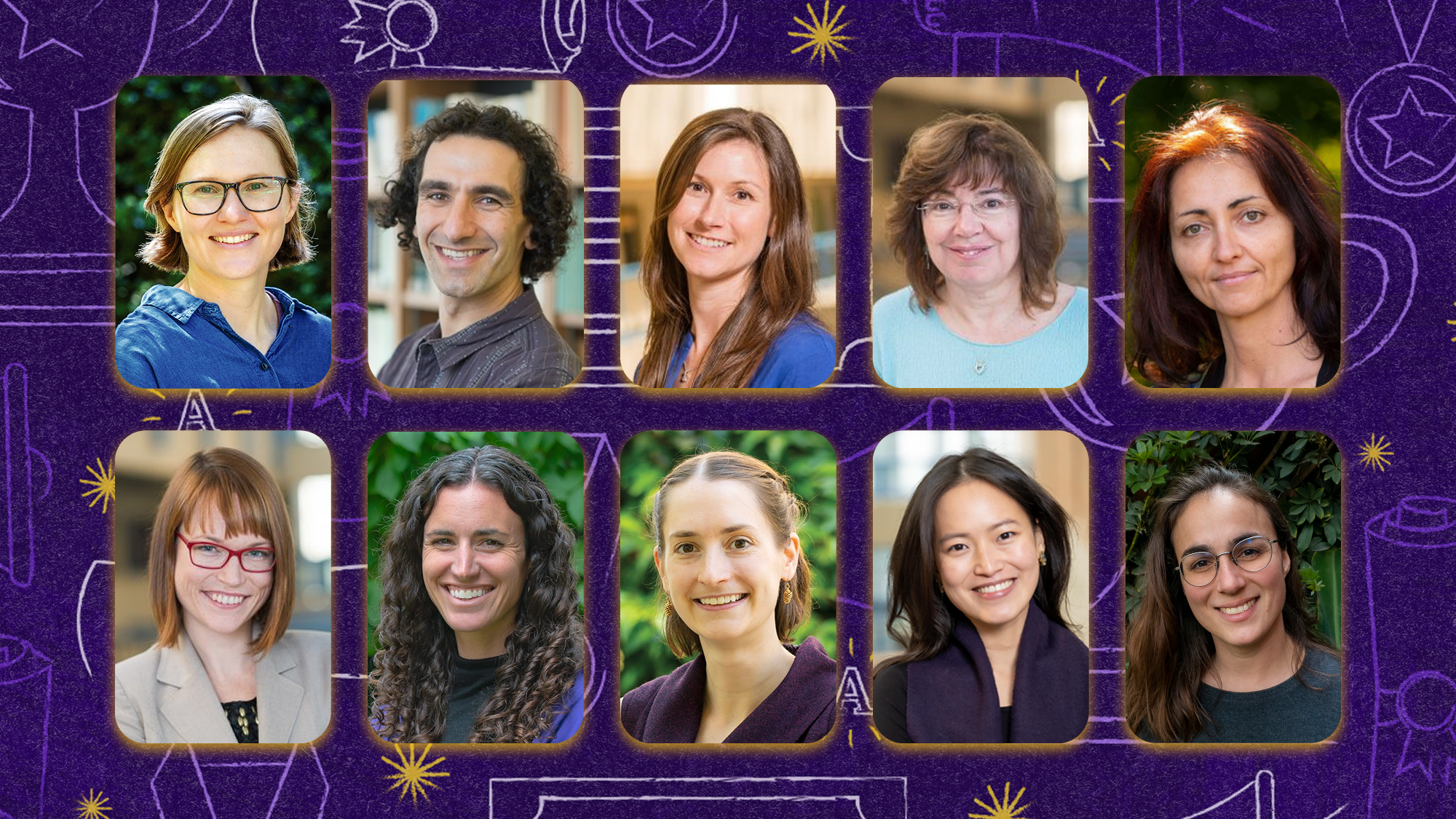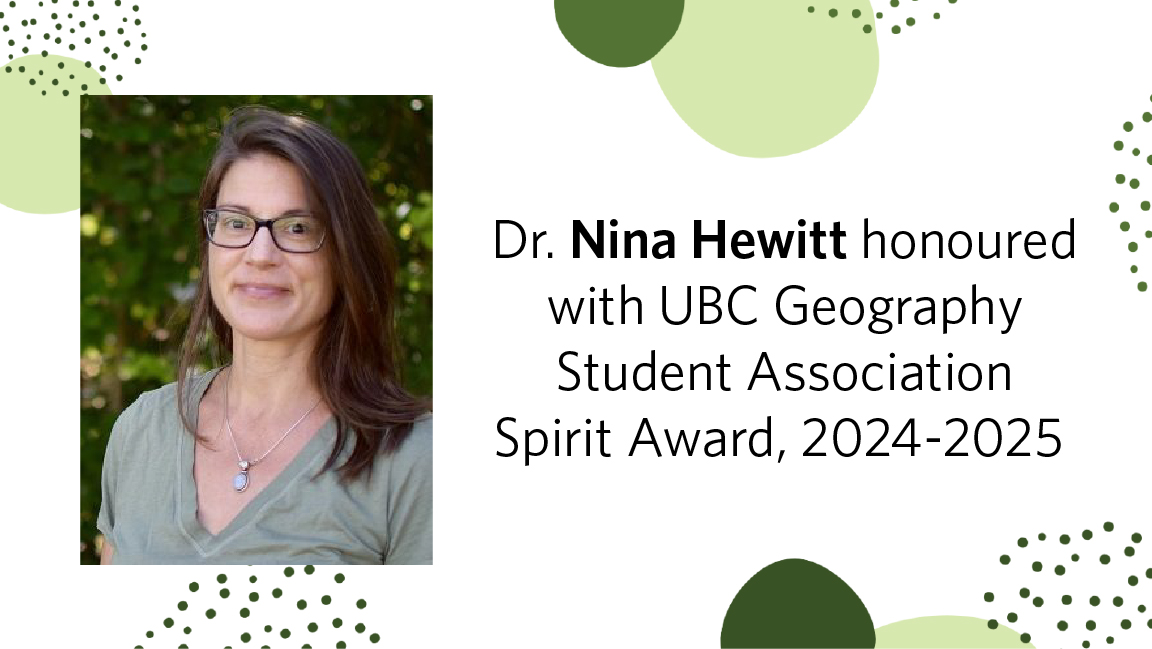

[Photos submitted by Andrea Eisma, Jialin Yang]
Welcome back to Vancouver! How did the climate and weather in New Zealand and the Cook Islands compare to Vancouver?
Jialin: Everyone told me that New Zealand and Vancouver had very similar weather but that is not true! The presence of the Southern Alps makes for very different weather on either sides of the South Island especially. The weather also changes very quickly, I found. One moment, it would be fairly warm and the next it would extremely windy and rainy and so cold. At one point we were even stuck in a snowstorm when one of the chains on our tires broke. Rarotonga was very hot, very humid. When it rains, it pours…
Andrea: I thought New Zealand was much colder! It was the beginning of their winter and we traveled in a circle that went as far south as Queenstown – which was chilly. Climate varied quite a bit though from the cooler, wet west coast to the windy, dry and sometimes warmer east coast (Christchurch area). On Rarotonga (the main island of the 15 Cook Islands), the climate was significantly warmer but all around the island there were different microclimates of cooler, hotter or windier places.
How do you think these Physical Geography courses [UBC-O Academic Calendar], Geography 491: Selected Topics in Geography: Natural hazard risk in New Zealand and the Cook Islands and Geography 413: Mountain Environment, contribute to your Environment and Sustainability Major?
Jialin: I think the very hands-on aspect of field courses is very important to Geography. Our professor, Dr. Fes de Scally, really emphasized this [importance] by creating these two courses that really immersed us in our environment. It is one thing to sit in the classroom and learn from lectures and textbooks – it is an entirely different thing to be outside and learning by seeing and doing. It definitely makes you realize how complex and interrelated everything is.
Did you experience any culture shock while in NZ or the Cook Islands? How so?
Jialin: This isn’t exactly about culture shock, but for me, it’s always an interesting experience traveling as an Asian woman. Even when you’re part of a larger group, I find that there’s always people who can’t comprehend that you can be from Canada and not be white. I got, “Where are you REALLY from?” a lot. Also, I was shocked by how expensive everything was…
Andrea: I didn’t really experience any culture shock in NZ or the Cook Islands. The only thing that comes to mind with the Cook Islands though is you must remember the time is always “Island Time” – something I am not used to but definitely adapted to it.
Can you give me a breakdown of what a typical day in the group study was like? Or were there no ‘typical’ days?
Jialin: I would say a typical day would be waking up at a set time and then rushing to get ready while trying not to bump into the other five girls in your room. Packing a lunch and checking the weather outside to see if we needed our rain gear or gaiters. Driving somewhere and hiking while getting short lectures and just having interesting things pointed out. Exploring. Eating lunch on top of a mountain. Maybe driving around to see a debris flow fan or two. Or three.
Andrea: Wake up, meet up as a group anywhere between 9 and 11am (the time would be confirmed the night before and sometimes change depending on if we were ready or how the weather was), drive to multiple sites in the area that we were staying at, observe the landscape, go for hikes up mountains or debris flow fans and learn about what we are looking at whether it be a glacier, debris flow, river bank channel, storm surge emergency shelter etc. Often we ended the day at a beach (which was a nice way to end the day) then drive back to where we were staying. Days really did vary though, it depended on how many sites there were to see in the area and how the weather was.


